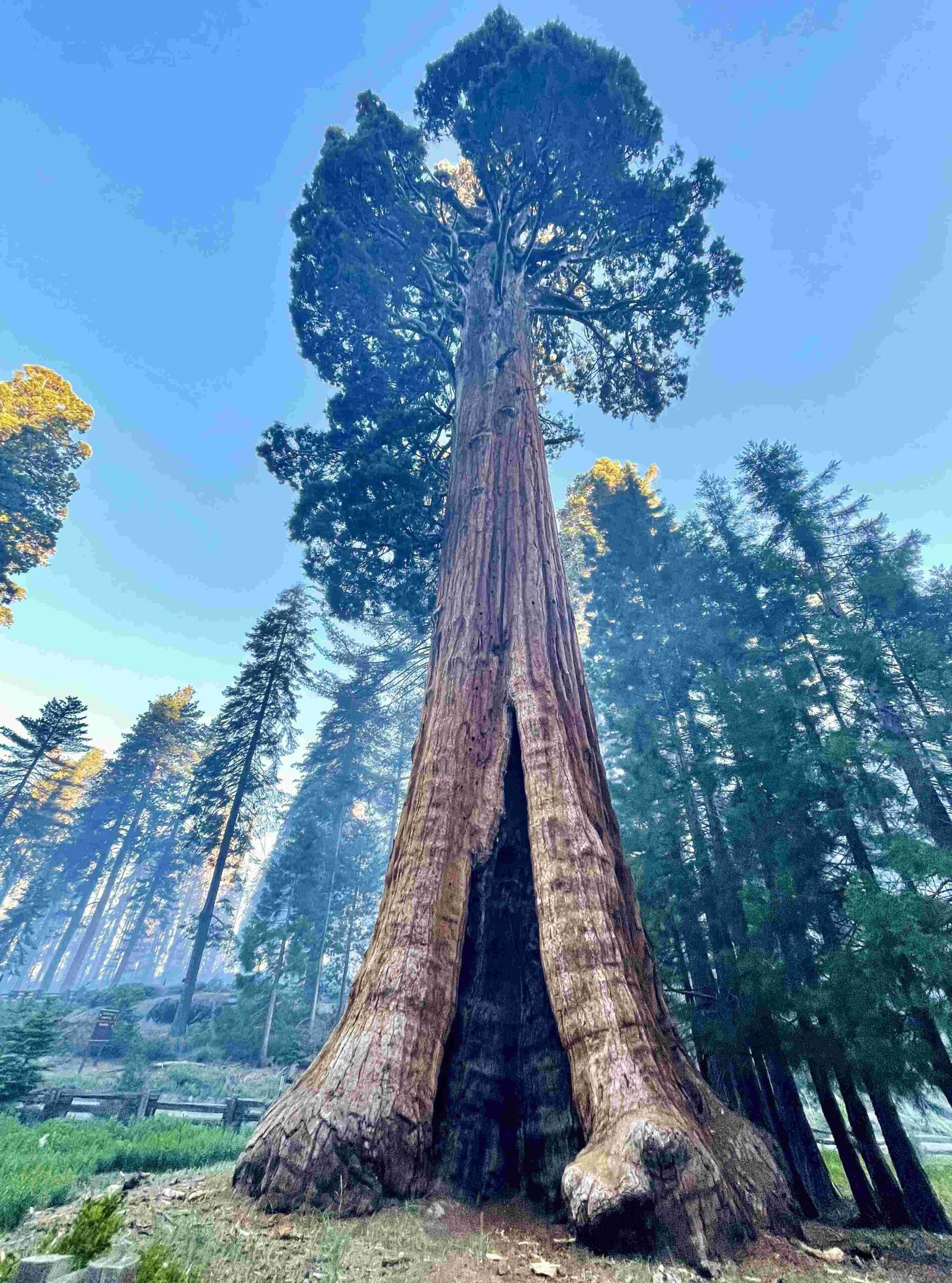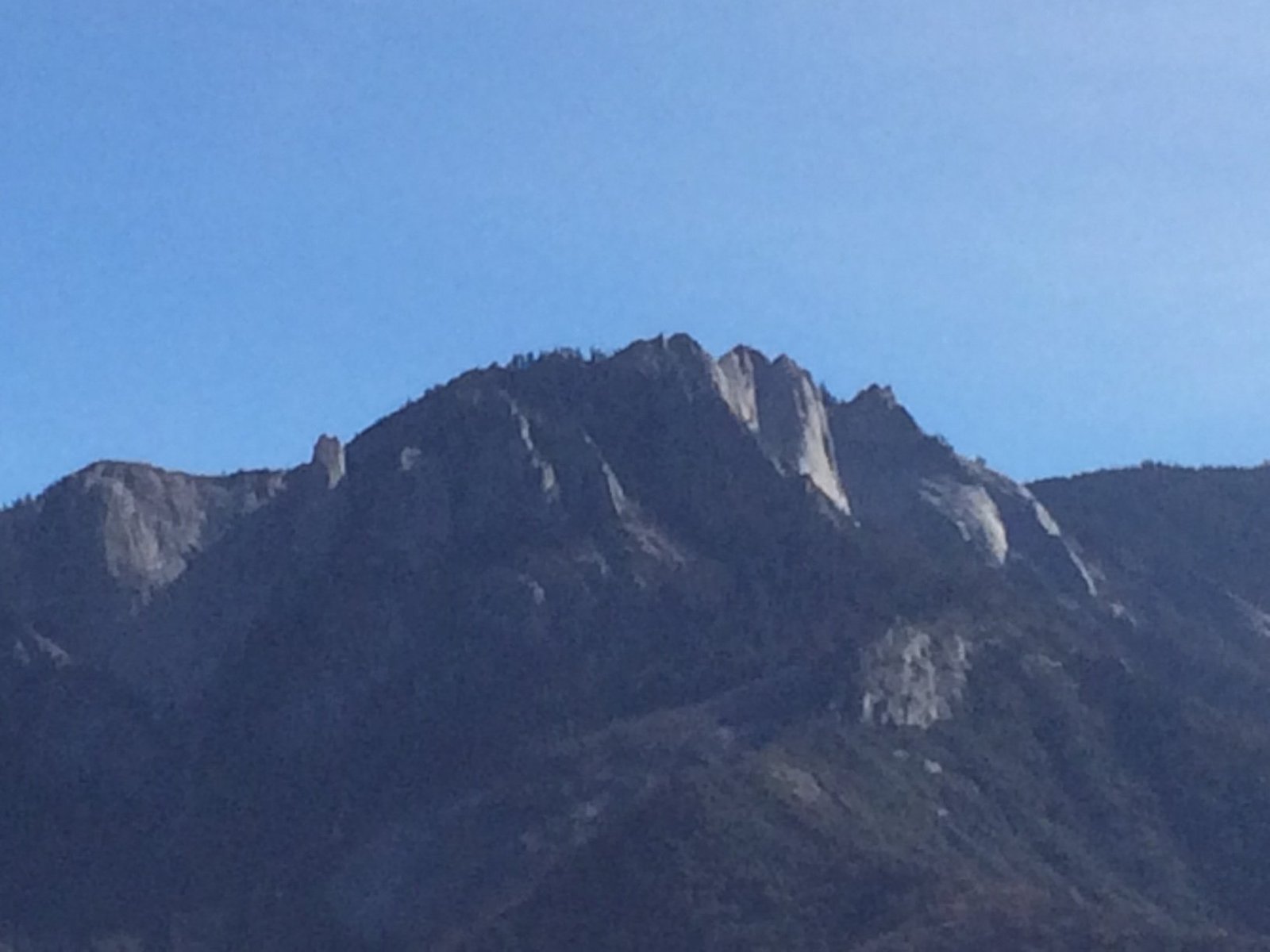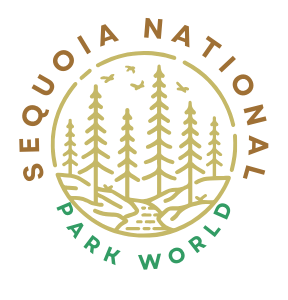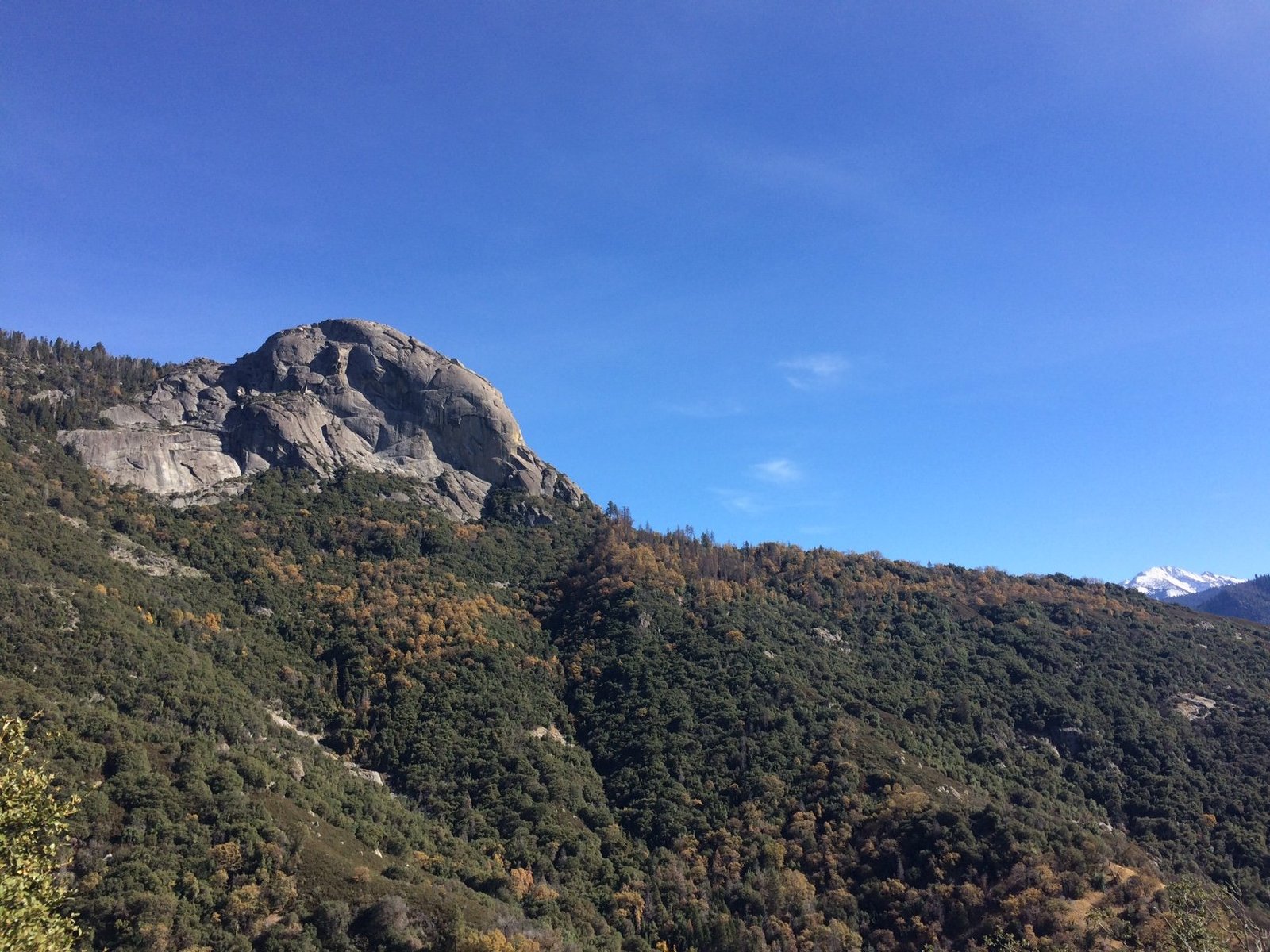Mineral springs in Sequoia National Park offer a unique blend of natural beauty and geological wonders. Located in the Mineral King area, these springs are nestled within a subalpine glacial valley in the southern Sierra Nevada. The region is known for its stunning landscapes, diverse flora and fauna, and rich mining history. Visitors can explore numerous hiking trails, pristine lakes, and witness the remnants of past mineral extraction activities while enjoying the therapeutic properties of the mineral-rich waters.
What is the Significance of Mineral Springs in Sequoia National Park?

Mineral springs in Sequoia National Park hold both historical and ecological importance. These natural features have been attracting visitors for centuries, initially for their perceived medicinal properties and later for their scenic beauty. The springs are formed when groundwater percolates through mineral-rich rock formations, emerging as mineral-laden water sources.
Key points about mineral springs in Sequoia National Park:
- They are primarily located in the Mineral King area
- The springs have a connection to the region’s mining history
- They contribute to the unique ecosystem of the park
- Some springs are accessible via hiking trails
Where are the Mineral Springs Located in Sequoia National Park?

The mineral springs are predominantly found in the Mineral King area of Sequoia National Park. This subalpine valley is situated at the headwaters of the East Fork of the Kaweah River, approximately 20 miles southeast of Three Rivers, California.
Specific location details:
- Coordinates: 36°16′13″N 118°21′15″W
- Elevation: Around 7,500 feet (2,300 meters)
- Surrounded by granite peaks reaching heights of 11,000 feet or more
What are the Best Hiking Trails to Reach Mineral Springs?
Several hiking trails in the Mineral King area lead to or pass near mineral springs. Here are some notable trails:
- White Chief Trail
- Length: 2.9 miles one-way
- Difficulty: Strenuous
-
Features: Leads to White Chief Bowl and old mine remnants
-
Franklin Lakes Trail
- Length: 5.4 miles one-way
- Difficulty: Strenuous
-
Features: Rainbow-colored metamorphic rocks, mineral deposits
-
Eagle Lake Trail
- Length: 3.4 miles one-way
- Difficulty: Moderate to strenuous
-
Features: Passes through mineral-rich areas
-
Monarch Lakes Trail
- Length: 4.2 miles one-way
- Difficulty: Moderate to strenuous
- Features: Scenic views and potential mineral deposits
When is the Best Time to Visit Mineral Springs in Sequoia National Park?
The optimal time to visit mineral springs in Sequoia National Park is from late summer to early fall, typically August to October. This period offers the most favorable conditions for exploring the area.
Reasons to visit during this time:
- Warmer temperatures (daytime highs in the 70s-80s Fahrenheit)
- Less crowded compared to peak summer months
- Minimal precipitation, reducing the risk of trail closures
- Better accessibility to higher elevation areas
| Month | Average High (°F) | Average Low (°F) | Precipitation |
|---|---|---|---|
| August | 75-85 | 50-60 | Low |
| September | 70-80 | 45-55 | Low |
| October | 60-70 | 35-45 | Moderate |
What Should Visitors Know About the Mineral King Area?
The Mineral King area, home to many of the park’s mineral springs, has a rich history and unique characteristics:
- Mining History: The area was once a bustling mining district in the late 19th century.
- Diverse Ecosystem: Home to a variety of plant and animal species adapted to subalpine conditions.
- Scenic Beauty: Surrounded by towering peaks, alpine meadows, and crystal-clear lakes.
- Limited Facilities: The area is less developed compared to other parts of Sequoia National Park.
How Can Visitors Safely Enjoy Mineral Springs?
When visiting mineral springs in Sequoia National Park, safety should be a top priority. Here are some guidelines:
- Stay on designated trails to protect the fragile ecosystem
- Bring plenty of water and snacks for longer hikes
- Wear appropriate footwear and clothing for varying weather conditions
- Be aware of wildlife and practice proper food storage
- Inform someone of your hiking plans before setting out
- Respect any closures or warnings issued by park rangers
What Amenities are Available Near Mineral Springs?
While the Mineral King area is less developed than other parts of Sequoia National Park, some amenities are available:
- Restroom Facilities: Located at the Mineral King Ranger Station and campgrounds
- Campgrounds: Atwell Mill and Cold Springs campgrounds offer basic facilities
- Picnic Areas: Available near campgrounds and some trailheads
- Parking: Limited parking at trailheads, including Sawtooth and White Chief
- Ranger Station: Provides information, maps, and updates on trail conditions
How Does Climate Change Affect Mineral Springs in Sequoia National Park?
Climate change poses several challenges to the mineral springs and the surrounding ecosystem in Sequoia National Park:
- Altered Water Flow: Changes in precipitation patterns can affect spring discharge rates.
- Temperature Changes: Warming temperatures may impact the chemical composition of spring water.
- Ecosystem Shifts: Plant and animal communities around springs may change due to climate alterations.
- Increased Fire Risk: Higher temperatures and drought conditions increase wildfire threats.
Researchers and park officials are monitoring these changes to better understand and mitigate the impacts on mineral springs and the broader ecosystem.
What Conservation Efforts Protect Mineral Springs in Sequoia National Park?
The National Park Service implements various conservation measures to protect mineral springs and their surrounding environments:
- Visitor Education: Informing visitors about the importance of preserving natural features
- Trail Maintenance: Regular upkeep of trails to prevent erosion and protect spring areas
- Scientific Research: Ongoing studies to monitor spring conditions and ecosystem health
- Restricted Access: Some sensitive areas may have limited or no public access
- Partnerships: Collaboration with universities and conservation organizations for research and protection efforts
By implementing these measures, the park aims to preserve the unique mineral springs for future generations while allowing current visitors to enjoy their beauty and significance.

